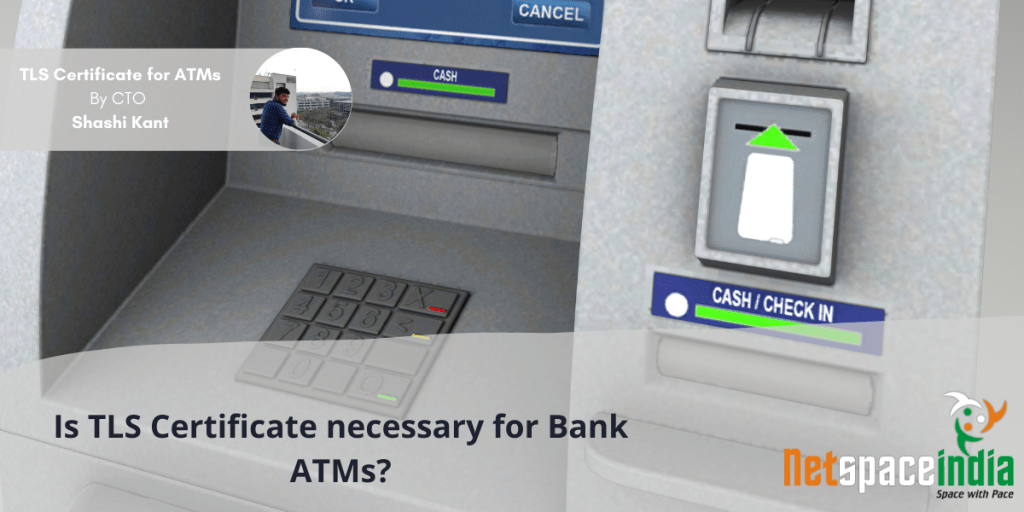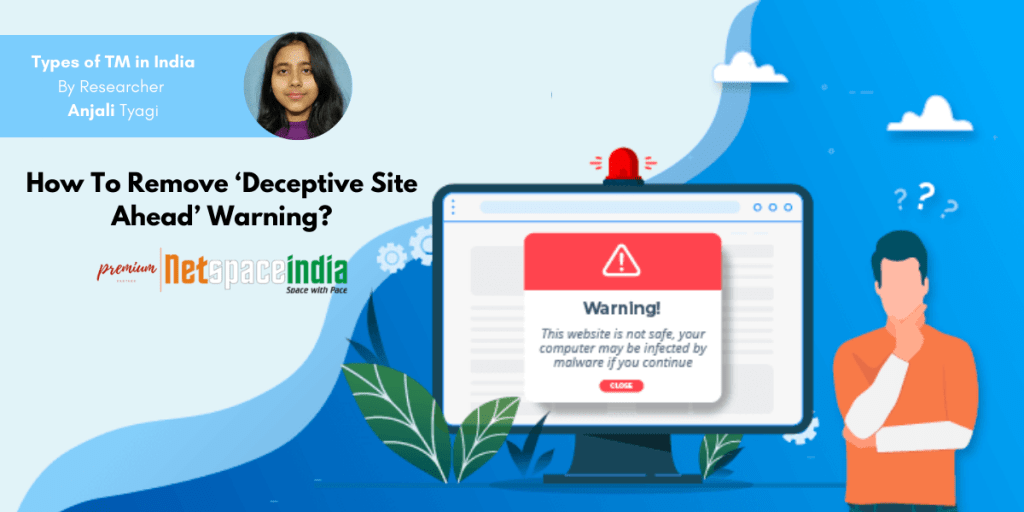Get Protection Against Ransomware

Ransomware is a type of malicious software that encrypts a victim’s files and demands payment, usually in cryptocurrency, to restore access to the data. Once the ransom is paid, the attacker may or may not provide the decryption key needed to unlock the files.
To effectively protect against ransomware, it’s essential to understand what it is and how it spreads.
Ransomware typically spreads through phishing emails, malicious websites, or software vulnerabilities. Attackers often use social engineering tactics to trick users into clicking on infected links or downloading malicious attachments.
Table of Contents

The Impact of Ransomware
Ransomware attacks can have far-reaching consequences for businesses and individuals alike. The impact of ransomware extends beyond financial loss and can lead to a variety of negative outcomes, including the following:
1. Financial Loss
The most immediate impact of ransomware is the financial loss incurred by the victim. This can include the cost of paying the ransom, which can range from a few hundred to several million dollars, depending on the attacker’s demands. In addition to the ransom, victims may also face costs related to downtime, lost productivity, and recovery efforts.
2. Operational Disruption
Ransomware attacks can cause significant disruptions to business operations. When critical systems and data are rendered inaccessible, affected organizations may be unable to carry out their daily operations, leading to downtime and lost revenue. For example, ransomware attacks on healthcare organizations can disrupt patient care, while attacks on manufacturing facilities can halt production lines.
3. Data Loss
Even if a victim pays the ransom and receives the decryption key, there is no guarantee that all data will be fully recoverable. Some files may be permanently lost or damaged during the encryption process or due to errors in the decryption process. In some cases, attackers may also delete or exfiltrate sensitive data before encrypting it, leading to further data loss and potential exposure.
4. Reputational Damage
Victims of ransomware attacks often suffer damage to their reputation, as customers, partners, and the public may lose trust in their ability to safeguard sensitive data and maintain secure operations. Reputational damage can lead to lost business, as existing customers may choose to take their business elsewhere, and potential customers may be deterred from engaging with the affected organization.
5. Legal and Regulatory Consequences
In some cases, ransomware attacks can lead to legal and regulatory consequences for the affected organization. Depending on the jurisdiction and industry, organizations may be required to report ransomware incidents to regulators and may face fines or penalties for non-compliance with data protection regulations. Additionally, organizations may be subject to lawsuits from affected customers or partners who have suffered financial or reputational harm as a result of the attack.
6. Long-term Impact on Business Continuity
The effects of a ransomware attack can linger long after the initial incident, impacting an organization’s ability to maintain business continuity. The time and resources spent on recovery efforts, combined with the financial losses and reputational damage, can strain an organization’s resources and hinder its ability to grow and compete in the marketplace.
In conclusion, the impact of ransomware can be severe and wide-ranging, affecting not only the immediate financial well-being of the victim but also causing lasting damage to business operations, reputation, and regulatory compliance. To mitigate these risks, it’s crucial to implement effective ransomware prevention measures and have a solid incident response plan in place.
Ransomware Prevention Measures
There are several steps you can take to Get Protection Against Ransomware and minimize the risk of falling victim to an attack.
Regular Backups
Regularly backing up your data is crucial for ransomware protection. In the event of an attack, having a recent backup can allow you to restore your files without paying the ransom. Cloud-based solutions like Acronis Backup Solution by Netspace offer secure and reliable backup options.
Endpoint Security
Implementing a robust endpoint security solution is essential for detecting and blocking ransomware threats before they can infect your systems. Choose a solution that includes antivirus, anti-malware, and intrusion prevention capabilities.
Employee Education
Educate your employees about ransomware and the dangers of phishing emails and malicious websites. Training should include how to recognize and report suspicious emails and the importance of not clicking on unknown links or downloading unverified attachments.
Updating and Patching Software with Acronis Cyber Protect
One of the key strategies for protecting your systems against ransomware attacks is updating and patching your software regularly. Outdated software often contains security vulnerabilities that can be exploited by cybercriminals to gain unauthorized access to your systems. Acronis Cyber Protect, a comprehensive solution that combines data backup, disaster recovery, and advanced cybersecurity features, can help you manage software updates and patches more effectively.
Automated Patch Management
Acronis Cyber Protect streamlines the patch management process by automatically detecting and applying security patches to your systems. The solution scans your systems for missing patches and vulnerabilities, then downloads and installs the necessary updates to protect your systems against known threats. This automated process ensures that your systems are always up to date, reducing the risk of exploitation by ransomware attackers.
Vulnerability Assessment
In addition to patch management, Acronis Cyber Protect also offers vulnerability assessment capabilities. The solution scans your systems for known vulnerabilities and provides detailed reports on identified security risks. This information allows you to prioritize and address high-risk vulnerabilities before they can be exploited by ransomware or other types of cyberattacks.
Customizable Patch Policies
Acronis Cyber Protect allows you to create custom patch policies tailored to the needs of your organization. You can define rules for patching specific software, set schedules for applying updates, and choose which patches to apply based on their severity or impact. This level of control enables you to balance the need for security with the potential disruption caused by software updates.
Integration with Backup and Disaster Recovery
One of the unique features of Acronis Cyber Protect is its integration with backup and disaster recovery functions. The solution automatically creates a backup of your system before applying patches, ensuring that you can quickly roll back to a previous state if an update causes issues. This integrated approach helps minimize downtime and ensures that your systems remain protected even if an update fails.
In conclusion, updating and patching software is a critical component of a comprehensive ransomware protection strategy. Acronis Cyber Protect can help you manage software updates and patches more effectively, reducing the risk of ransomware attacks and ensuring that your systems remain secure and up to date.
Network Segmentation
Network segmentation is a crucial security measure that involves dividing your network into smaller, isolated segments to limit the potential impact of a ransomware attack or other security breaches.
By segmenting your network, you can prevent an attacker from gaining access to all your systems and data if they manage to breach a single segment. In the AWS Cloud, network segmentation can be achieved using various tools and techniques, including Virtual Private Cloud (VPC), subnets, security groups, and network access control lists (ACLs).
Recovering from a Ransomware Attack
In the unfortunate event that you fall victim to a ransomware attack, take the following steps to mitigate the damage and recover your data:
- Isolate the infected systems to prevent the spread of ransomware within your network.
- Notify law enforcement and relevant authorities to report the incident.
- Assess the extent of the damage and identify the specific ransomware strain.
- Consult with cybersecurity experts to determine the best course of action, including the feasibility of decryption without paying the ransom.
- Restore your data from a recent backup, if available, and implement any necessary security measures to prevent future attacks.
Conclusion
To Get Protection Against Ransomware, it’s crucial to understand the threat, implement robust prevention measures, and have a plan in place for recovery. By following the best practices outlined in this article and utilizing solutions like Acronis Cyber Protect, you can significantly reduce the risk of falling victim to a ransomware attack.
FAQs
The primary purpose of ransomware is to encrypt a victim's files and demand payment, usually in cryptocurrency, in exchange for the decryption key needed to restore access to the data.
To protect your data from ransomware attacks, implement regular backups, endpoint security, employee education, software updates and patching, network segmentation, and multi-factor authentication.
Acronis Cyber Protect is a comprehensive solution that combines data backup, disaster recovery, and advanced cybersecurity features to provide robust protection against ransomware attacks.
If you have a recent backup of your data, you can restore your files without paying the ransom. Additionally, consult with cybersecurity experts to determine if decryption is possible without paying the ransom.
Ransomware typically spreads through phishing emails, malicious websites, or software vulnerabilities. Attackers often use social engineering tactics to trick users into clicking on infected links or downloading malicious attachments.
Sign up for email updates covering blogs, offers, and lots more.
Get the weekly Tech Update straight to your inbox.





